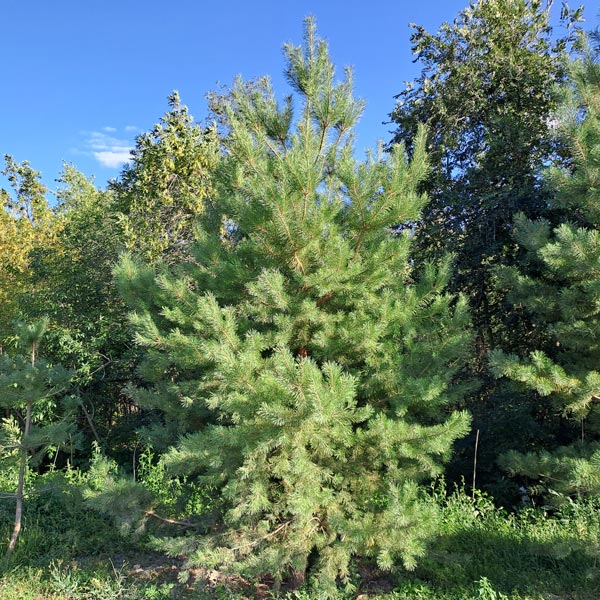Types of Tree Cracks & How to Prevent Them in McDonough, GA; Shear Vertical, Horizontal & Ram’s Horn Inrolled
Winter weather increases the risk of property damage caused by wind, rain and ice especially when you are dealing with a cracked or damaged tree. An unhealthy tree can literally come crashing down under the force of its own weight. If you are concerned that the trees on your property may be compromised and potentially dangerous, contact the knowledgeable experts at Milam’s Tree Service for professional tree removal, tree pruning, tree trimming and more. Even a tree that appears sound and healthy has the potential to become deadly if it is weakening or beginning to become defective. During high winds and storms cracks, no matter how small, can result in breaking limbs or the uprooting of the entire tree.
Warning Signs of Tree Damage & Failure
One of the most obvious signs of tree damage which nearly always results in tree failure is a visibly noticeable crack. Cracks can form in many instances including improper care of wounds, splitting branches, or incorrect pruning methods. Cracks can be found in different parts of the tree including the branches, stems, and roots which often make them difficult to detect with an untrained eye. Sometimes the wood behind the crack is healthy and sound but other times it can be decayed, damaged or missing entirely. Cracks become particularly dangerous when they begin to compromise the soundness of the trees structure. Your tree requires professional assessment when the stem begins to split, the tree begins to decay internally, or the tree does not provide enough healthy wood to support itself. Multiple cracking and decay is an indication that the tree is very unhealthy and may require removal.
Types of Tree Cracks; Vertical, Horizontal & Inrolled
There are many types of tree cracks which have the potential to cause tree failure including:
Vertical Tree Cracks: This type of damage causes the wood to crack with the grain of the wood along the length of the tree. These cracks are often described as shear cracks. Shear cracks are particularly dangerous as they are prone to go through the stem, separating them into two separate halves. As the wind blows and the tree begins to move the stems slides and the crack becomes more pronounced until the two halves break or shear apart. Shear cracks will almost always result in limb failure which has the potential to cause damage to cars and other property.
Horizontal Tree Cracks: Just as the name implies, these types of cracks run across the grain of the wood and occur when the weight of the trees crown pulls the wood fibers apart. Horizontal cracks are rarely seen as they often form just before the tree begins to fail. If you have a tree that is leaning, contact your Milam’s Tree Service experts for professional tree trimming services. Horizontal cracking is a sign that the tree will fail especially during high winds and heavy rain.
Inrolled Cracks: Are often referred to as a ram’s horn, and can be described as sections of wood and bark which curl inwards. Inrolled cracks are formed when a wound does not heal and close correctly. Serious decay is almost always associated with inrolled cracks as the margins which curl allow for further stress as the crack is opened and reopened in conditions such as high winds. Inclement weather generates further damage as the wood swells and contracts with moisture associated with rain. The continued stress allows for the risk of further cracks occurring in the same stem segment. Inrolled cracks can be very dangerous especially when advanced decay and other defects are present at the same time.
Tree Services in McDonough, Jackson, Jonesboro, Fayetteville & Hampton as Well as Fayette, Clayton & Henry Counties in Central Georgia
For more information regarding tree removal, tree pruning, tree trimming and stump grinding services, contact the knowledgeable experts at Milam’s Tree Service today.










